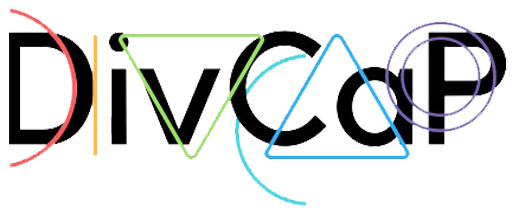Preparing the interview
What can people in different positions within the organisation tell you about your organisation?
First: make a well-considered selection of interviewees
We suggest minimal 5 persons preferably:
- Two teachers/ adult educators / staff members
- One representative of the management
- One support staff person
- One person with close contacts to learners/clients
The interviews can be individual or in a group, depending on the organisation, for example a group interview with 2 teachers or with the director/administrator and a manager or a supporting (facility) staff member. Keep in mind that it can be problematic to have people from different positions and with different powers in a group interview.
Another selection criterion is to what extent the interviewees can actually contribute or develop a change process. People must have some commitment to a process of improvement. They have to be internally and extraordinarily motivated for changes in their own organisation.
The goal is to have interviews with key persons, employees in their own organization about their experiences, their thoughts and doubts, and suggestions for improvement / change and their estimation of how other key persons, employees would support these interventions.
Key questions for the interview
There are four key questions you should consider:
- How do the interviewed persons see diversity reflected in their organisation?
- What do they think is positive about it, what negative?
- To what extent do they agree with mission and the diversity policy or the organisation
- What do they want to change and why?
Each of them can be reason to deepen the conversation through side-questions. Here you can put in information from your desk research as well and ask for response. However, the interviews need to have an open character. People should feel comfortable.
It is also important that the interviewer reflects at the end of the interview on the following issues:
- What in your view are the most important points we just covered?
- What don’t you understand?
- With what do you disagree?
- With what do you agree?
- What else do you need to know?
Summarise the interviews
After the interviews you should summarise them keeping in mind and considering:
- What is the learners’ perspective?
- What could be “setting the stage” for change?
- Are you tracking learners and employees perceptions throughout the change?
- Are honest answers given to tough questions?
- Can you explain “what’s in it for them”?
- Is your communication “behaviour-based”?
- Can you paint the big/little picture?
- Is it your vision or our vision?
- Are you emotionally literate?
- Do you know what shouldn’t change?
All findings can be systematized by using the Questionnaire developed by DivCap.
A more extended way to analyse the interviews afterwards is making use of the TOPOI-model. Study this model first carefully before you start with the interviews.
